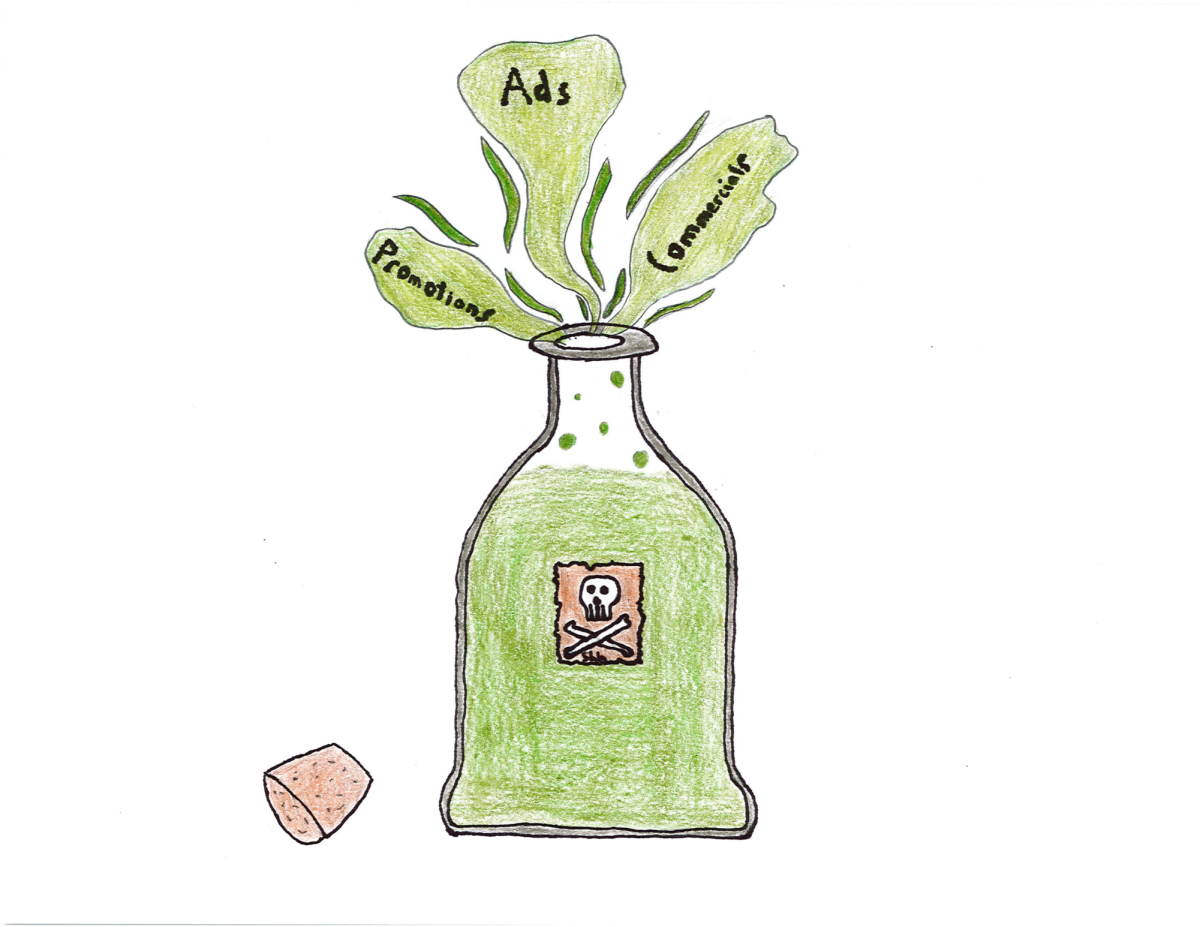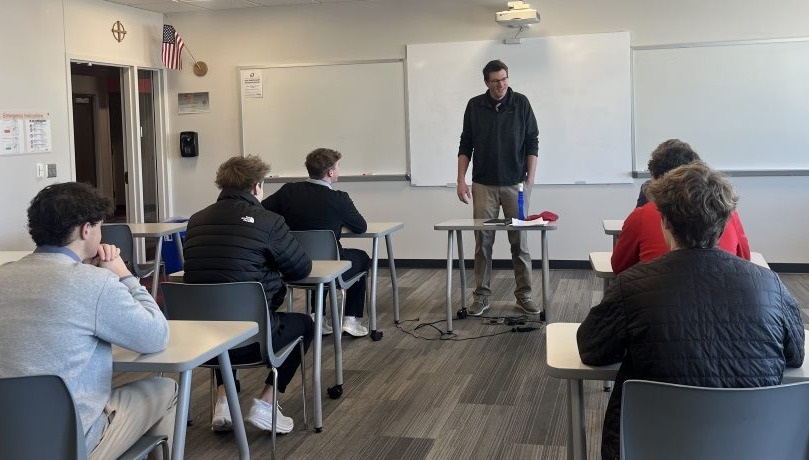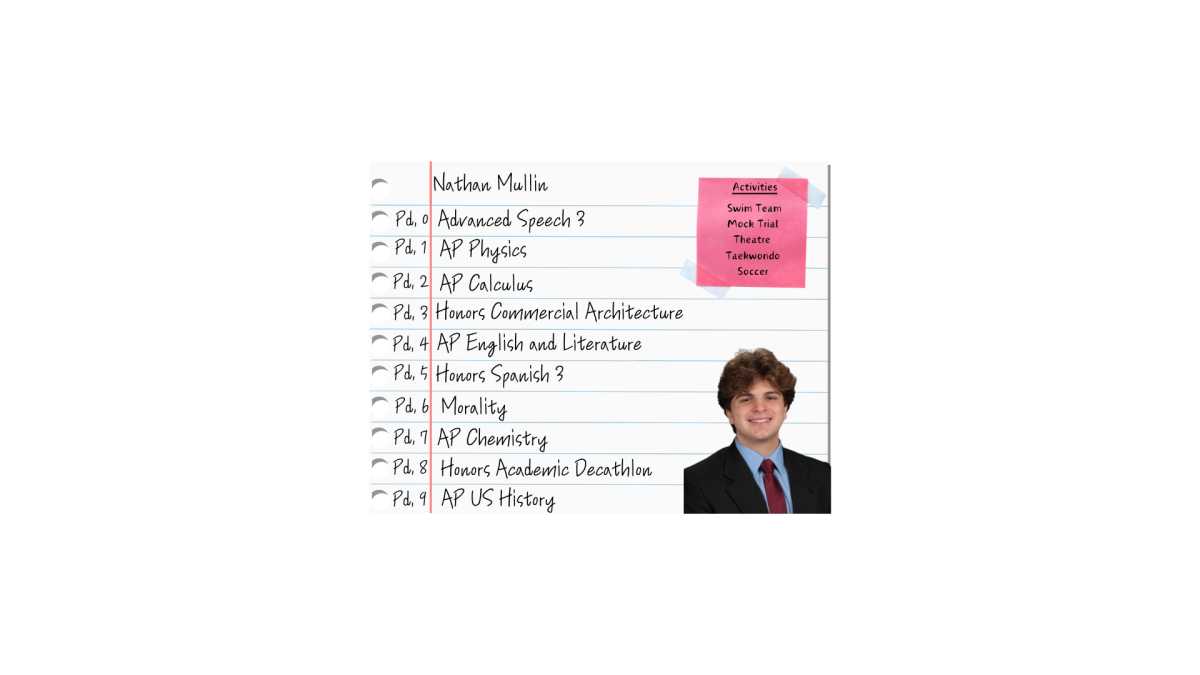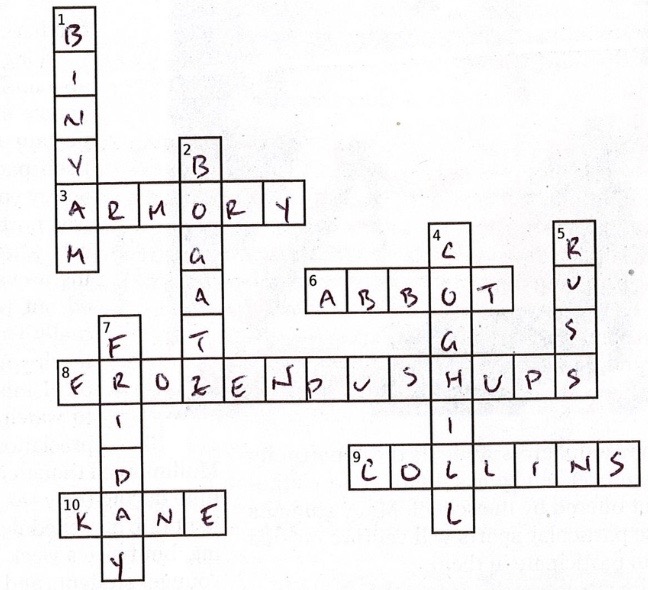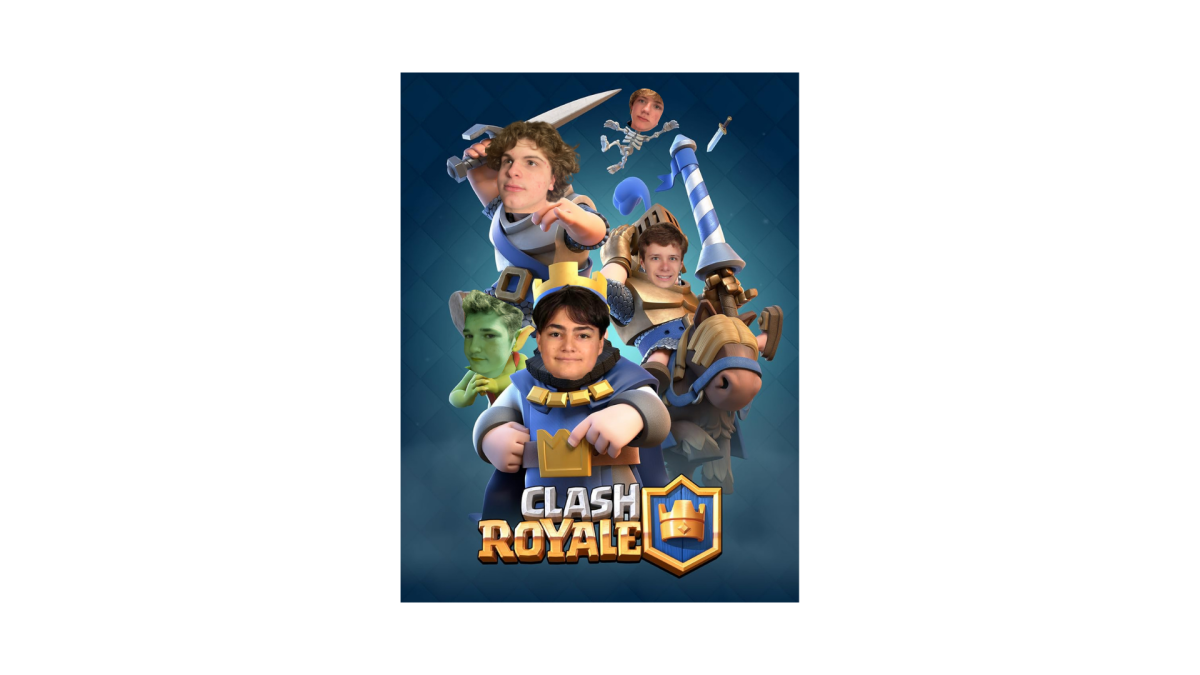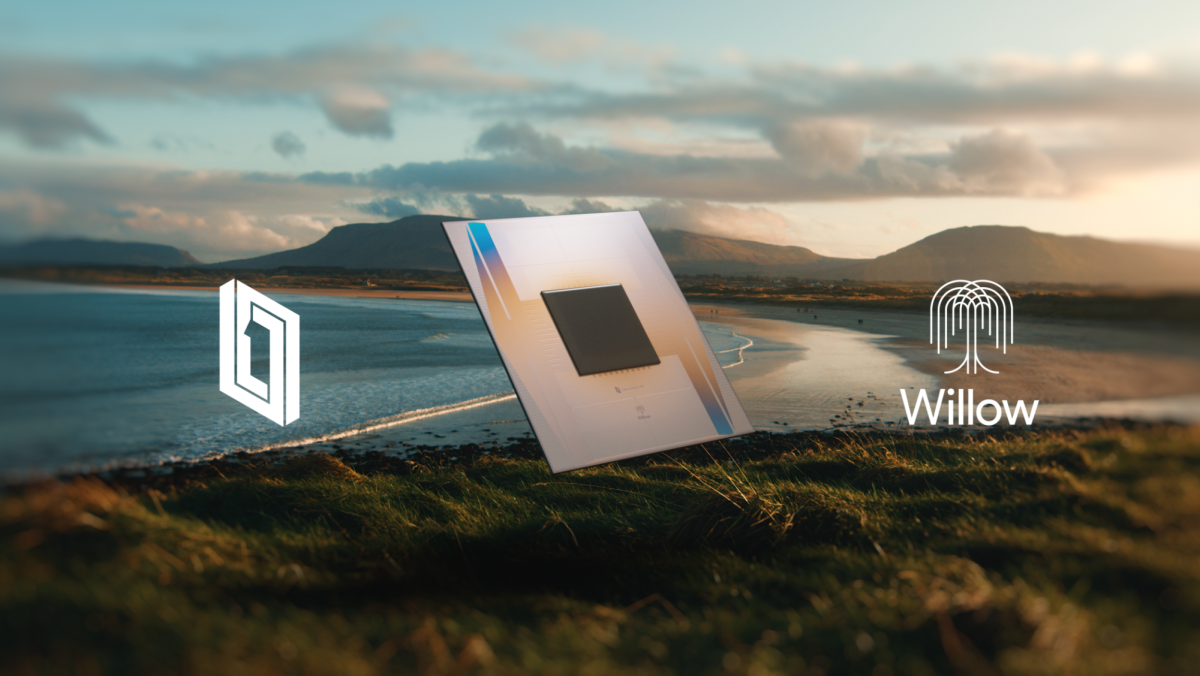Computers have been around since the early 19th century, and the evolution of technology. The evolution of technology has been steadily increasing. People have maxed out what we are capable of with a conventional computer. This is why the development of quantum computing technology has been skyrocketing since the turn of the century. Google has been working on advancing quantum computing since 2006. Google unveiled its program chip named “Willow” on December 9th, 2024.
To understand the achievements of Willow, a person must understand what quantum computing is. Quantum computing is like a computer on steroids. It is a super-effective machine that can solve hard puzzles faster than regular computers. Normal computers operate due to switches called “bits” that can be set on or off, like a flashlight. It is all backed with 0’s and 1’s. Quantum computers, however, use new switches called “qubits” that can be on, off, or both at the same time. The best way to understand is by flipping a coin. A bit is when it lands on the surface and is either heads or tails, but a qubit is when the coin is in the air and could be heads, tails, or both.
The advancement of quantum computing is important because it signals the steps toward solving complex problems that classical computers cannot. Classical computers have met people’s needs and have achieved great but there are limits to the problems we can solve with this technology. Quantum computers could solve more complex problems like cryptography (the art of writing or solving codes), new drug discoveries, and artificial intelligence advancements. The key features of Willow include advanced qubits which help improve error rates (the probability of a quantum operation resulting in an incorrect outcome in quantum) and make it more reliable. Willow is scalable, which means it has the ability to add more qubits to make the computer more enhanced/powerful. Take for example LEGO blocks. If it is a scalable structure, then the more blocks you add make it stronger but if it is not scalable then it weakens the structure the more blocks you add.
Overall, Google’s Willow is a chip that is pushing closer to achieving full success rates for quantum computing. The chip Willow is currently in a state called the “Noisy intermediate–scale quantum (NISQ) era. This means that it can perform immensely useful tasks but is not to perfection with zero errors. Fault-tolerant quantum computing remains a long-term goal in Google’s future to reach new heights beyond the limits of a classical computer.






